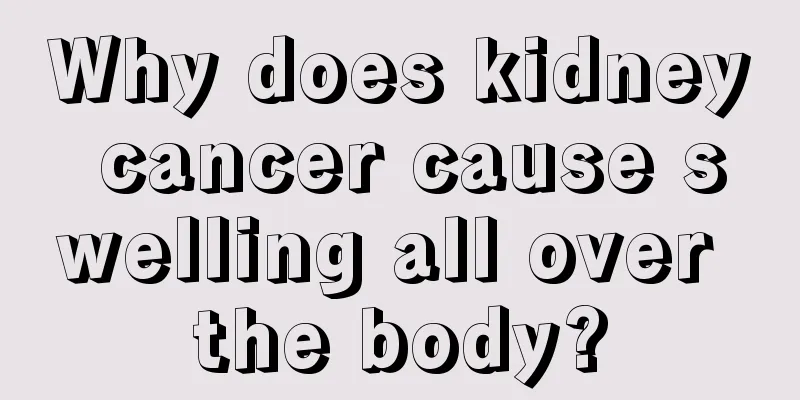Introducing the main symptoms of testicular cancer

|
I believe everyone has deeply felt the harm that diseases can cause to the body. Cancer is the most difficult disease to treat and recover from. In today's society, due to pollution and various dietary factors, the incidence of cancer is increasing year by year. Testicular cancer is a malignant tumor exclusive to men. Below, we will introduce the main symptoms of testicular cancer. The most common symptom is a gradual, painless enlargement of the testicles with a feeling of heaviness. The enlarged testicles of seminoma often maintain the testicular contour and have a consistent texture, while teratoma is nodular and has inconsistent hardness and softness. About 10% of patients feel pain due to intratesticular bleeding or infarction, and 10% of patients may have metastatic symptoms, such as large retroperitoneal lymph node metastasis, compression of nerve roots, back pain, lung metastasis may cause cough and dyspnea, duodenal metastasis may cause anorexia, nausea and vomiting, bone metastasis may cause bone pain, etc. Testicular Leydig cell tumor should be considered when children have testicular masses and symptoms of precocious puberty, or adults have gynecomastia and loss of libido. Testicular tumor is one of the common tumors in urology. It is almost always malignant, and there are three peaks in the age of onset: yolk sac tumor (infantile embryonal tumor) is the most common in infancy; various types of testicular tumors can be seen between the ages of 20 and 40, but seminoma is still the most common, and seminoma is the main tumor after the age of 70. Its cause is still unclear, and it is currently believed that its onset is related to both genetic and acquired factors. Among them, it is most closely related to cryptorchidism. The chance of cryptorchidism developing tumors is 10 to 14 times greater than that of normal people. Cryptorchidism in the abdominal cavity is higher than that in the groin. Testicular fixation does not reduce the incidence of malignant changes, but it can make tumors easier to detect. The cause of testicular cancer is still unknown, and it is currently believed that its onset is related to both genetic and acquired factors. Among them, cryptorchidism is the most closely related. The chance of developing tumors in cryptorchidism is 10 to 14 times greater than that in normal people, and cryptorchidism in the abdominal cavity is more likely than in the groin. |
<<: Introducing the symptoms of testicular cancer
>>: How to take care of yourself if you have testicular cancer
Recommend
What are the surgical indications for lung adenocarcinoma? There are these types
Indications for lung cancer surgery include non-s...
What is the best way to prevent liver cancer? Six tips to relieve the unbearable pain of liver cancer
Liver cancer is highly malignant and progresses r...
Blisters on knees
Not only the palms and soles of the feet are high...
Diarrhea after overeating
Overeating is a problem that many people encounte...
What are the effects and functions of Roubaowang
Men often appear in various soups, including sea ...
Comparison of three methods for treating colon cancer
There are three common methods for treating colon...
How to quickly reduce belly fat for girls
Summer is here, and many female friends who love ...
What causes tears and pain in the eyes
Under normal circumstances, the lacrimal glands i...
What are the causes of breast cancer in men
Breast cancer has always seemed to be a term excl...
How to do radiotherapy for cervical cancer
Intracavitary treatment refers to placing radioac...
Can I drink red bean and barley water?
Red bean and coix seed water is drinkable and has...
What causes bladder cancer and how does it occur
Bladder cancer is also a relatively common malign...
Is contact with liver cancer patients contagious? Beware of these liver cancer misunderstandings
Liver cancer is a malignant disease that seriousl...
Is the survival rate of stage 4 nasopharyngeal carcinoma high? What are the treatments?
Cancer is generally divided into several stages. ...
Common complications after esophageal tumor surgery
Surgery is a major treatment method for esophagea...









